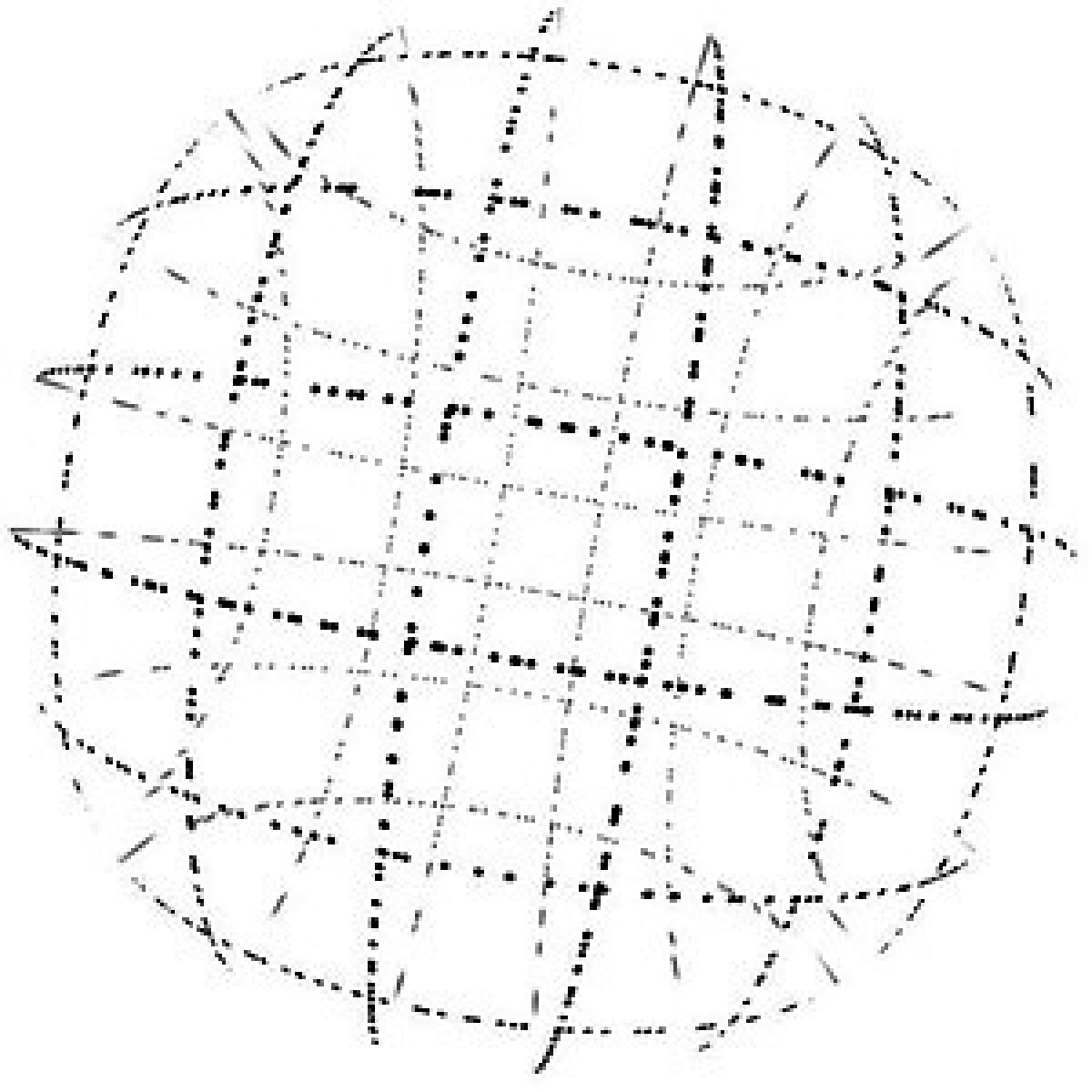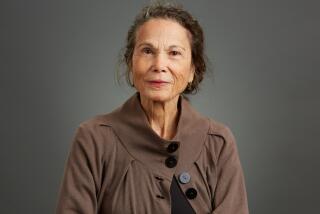‘Map of the Invisible World’ by Tash Aw

- Share via
Map of the Invisible World
A Novel
Tash Aw
Spiegel & Grau: 318 pp., $25
Early in Tash Aw’s second novel, “Map of the Invisible World,” Din, an Indonesian university student, argues that the West thinks “the history of Southeast Asia started with the discovery of the sea routes from Europe to Asia.” The solution to this misapprehension, he tells Margaret, the middle-aged white professor who oversees his research, is to narrate that history in “a voice that is non-Western.”
Din’s thesis hovers over the novel, which opens in 1964, as Adam, a 16-year-old Indonesian orphan, watches his adopted father, Karl, taken away in a raid against communists on the remote island of Nusa Perdo. Karl is a painter, Dutch by birth, but he has taken Indonesian citizenship and embraced the local culture and language. Despite his support of Indonesian independence and self-reliance, his arrest is hardly unexpected; the country’s president, Sukarno, his power base fragmenting, has begun repatriating Dutch citizens and turning against his erstwhile communist allies.
Adam’s quest to find his adopted father takes him to the capital, Jakarta, where he connects with Margaret, who decades earlier shared an unconsummated love with Karl. She is an anthropologist, “conceived on one continent, born on another, and raised on four -- five if you count Australia.” Presumably, such an international pedigree ought to equip her with an incisive, nuanced perspective, yet as they search for Karl, Margaret seems to forget all she knows about Indonesian culture, often resorting to broad generalities about how to deal with “Asian men.” Her central place in a novel that is ostensibly about a character, Adam, and a society undergoing post-colonial convulsions is tiring, as are her internal monologues on pubescent love and her pick-me-up comments such as, “Do not get flustered, Margaret Bates, do not back down.”
More engaging is the role Adam begins to play as he ping-pongs between various parties, even becoming an unknowing accomplice in Din’s attempt to bomb a presidential reception. Din has, by this point, revealed himself to be a die-hard revolutionary who lectures Adam about crushing Malaysia, the Dutch and other representatives of neo-imperialism. He would be cartoonish except that there are people like him in every revolutionary movement, true believers who have turned against a former liberator -- in this case, Sukarno, whose Guided Democracy program may give way to civil war.
Aw adeptly reveals Adam’s deep-seated insecurity, as well as his longing for his brother, Johan, adopted by a prosperous Malaysian family, and his burgeoning awareness that Karl had tried to shield him from the poverty, violence and betrayal of a volatile world.
He also conjures some intriguing secondary characters, including Mick, an Australian journalist and amateur classicist who aids Margaret in the search for Karl, and Bill Schneider, a CIA operative with whom Margaret has a complicated history. Schneider must be one of the agency’s worst-ever agents: He gleefully dishes about U.S. government strategy, including an absurd plan to gain Sukarno’s favor by returning a painting by Raden Saleh, the celebrated Indonesian artist. Repatriating a valuable artistic work may be sound diplomatic policy, but Schneider’s decision to use Margaret as a negotiator because she once charmed Sukarno at a government ball remains inscrutable.
In the end, Aw fails to build on what he did so well in his debut novel, “The Harmony Silk Factory.” There, he used three separate perspectives to paint an evocative portrait of the factory owner and alleged gangster Johnny Lim. His willingness to leave certain questions unresolved reflected an authorial confidence not found in this new book, which, despite a widely ambulating narrative, wraps up too neatly. In trying to sum up a nation -- Schneider mentions the “twenty thousand [islands] that make up the modern Republic of Indonesia,” as if he were teaching geography -- Aw has ignored the simple but compelling story in front of him: Adam, a confused boy, searching for family in a dangerous society he doesn’t yet understand.
Silverman is a contributing online editor to Virginia Quarterly Review.
More to Read
The biggest entertainment stories
Get our big stories about Hollywood, film, television, music, arts, culture and more right in your inbox as soon as they publish.
You may occasionally receive promotional content from the Los Angeles Times.










